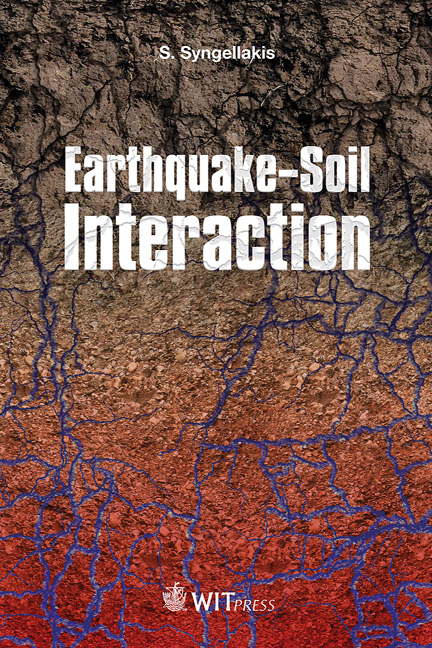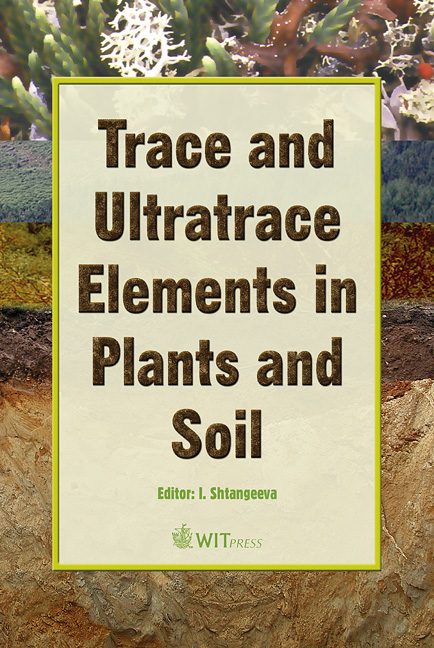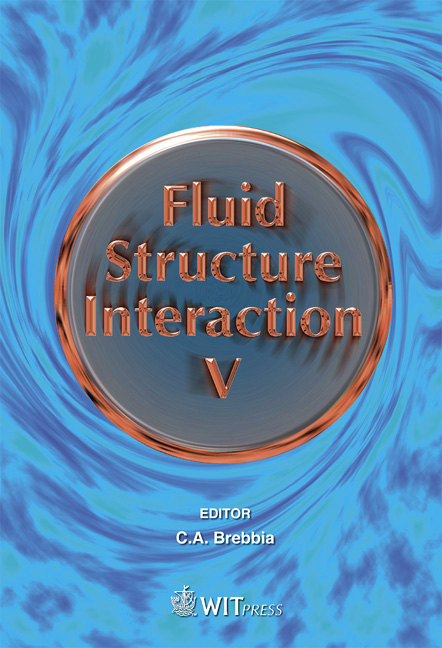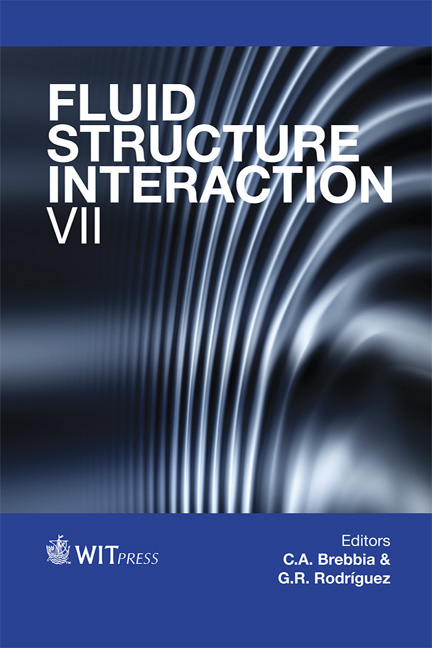Earthquake-Soil Interaction
Edited By: S. Syngellakis, Wessex Institute of Technology, UK
Price
$227.00 (free shipping)
ISBN
978-1-84564-978-4
eISBN
978-1-84564-979-1
Pages
264
Transaction Series
WIT Transactions on State-of-the-art in Science and Engineering
Transaction Volume
79
Published
2014
Format
Hardback
The volume comprises a selection of articles on interactions between earthquakes and the soil in which they propagate. It is concerned with soil composition and geomechanical features, which affect earthquake propagation and intensity; it also addresses detrimental effects of seismic shaking on soil properties and stability.
Modelling is applied to investigate the effects of cracks and various type of soil damping on seismic waves. Elastic, poroelastic, elasto-plastic, constitutive models are adopted in conjunction with rigorous mathematical techniques or approximate methods such as boundary elements or finite differences.
A substantial part of this volume is dedicated to soil liquefaction, an important consequent of seismic shaking resulting in substantial loss of soil strength and stiffness. Propose criteria for assessing the liquefaction potential of a site are listed. Data collected from the soil samples either in the laboratory or in-situ are analysed to provide values for the critical parameters on which liquefaction depends.
The occurrence of landslides is addressed by assessing slope stability through a systematic geophysical and geotechnical characterisation of the soil mass followed by finite element modelling. The bearing capacity of the soil is directly obtained by laboratory testing of soil samples but it is also predicated from reliable empirical relations generated by combining such test date with in-situ measurements of soil dynamic properties.









